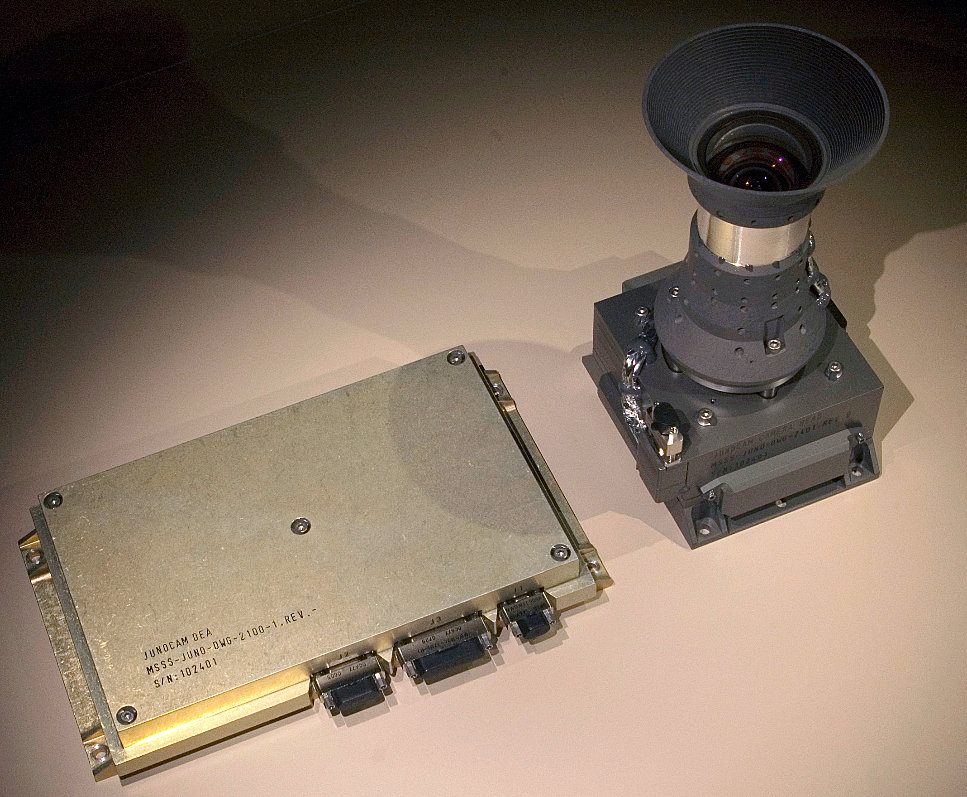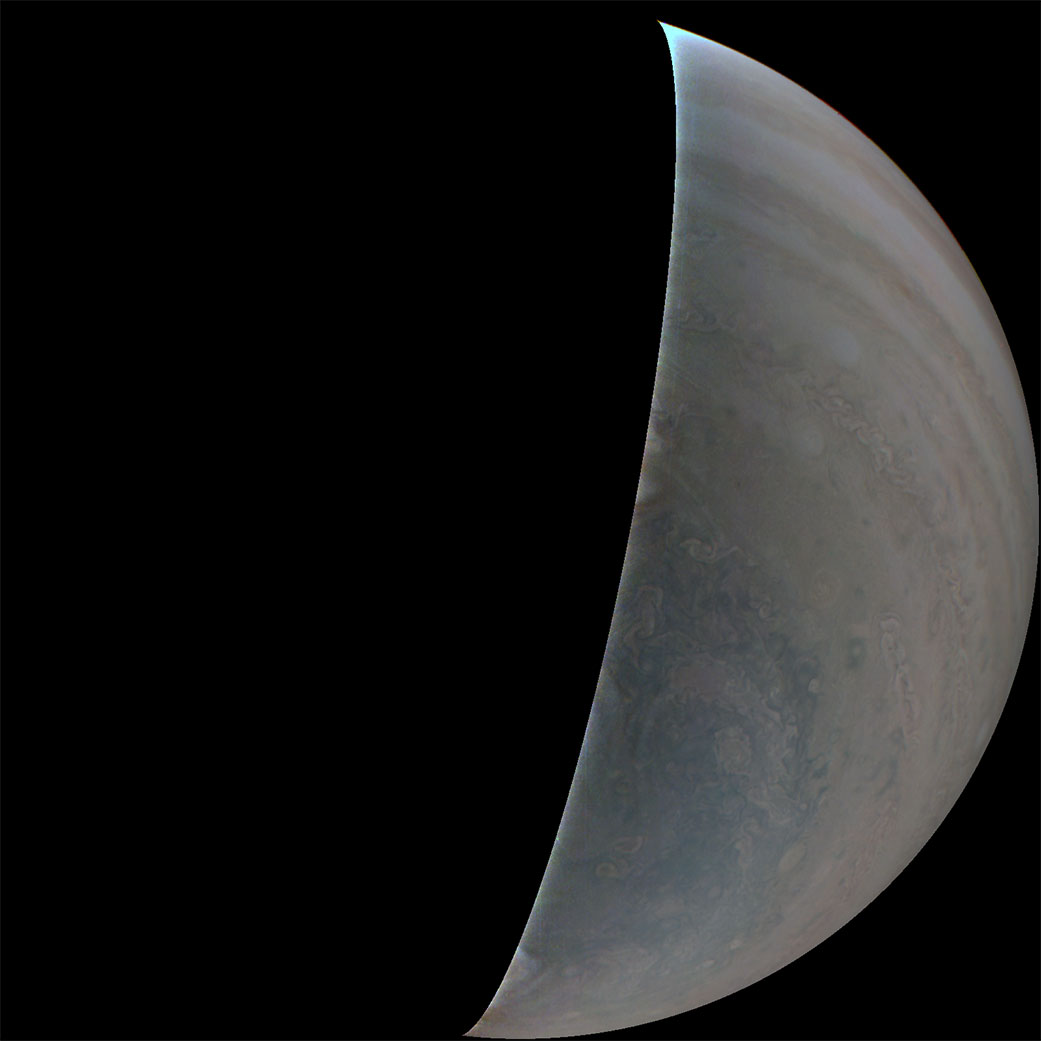The Juno spacecraft was unable to take all the planned images during the 48th rendezvous with Jupiter on January 22, 2022. 213 images were lost due to overheating of the JunoCam camera.
“People’s” camera
JunoCam is sometimes called a “people’s” camera. The fact is that initially NASA was not going to put an optical instrument on the Juno probe at all, motivating this by the fact that it was not required to carry out the scientific program of the mission. However, both the scientific community and ordinary astronomy enthusiasts strongly criticized this decision. As a result, NASA installed a camera on the Juno probe. Moreover, the aerospace administration has created a special website for it, where amateur astronomers can choose and vote for the most interesting parts of the atmosphere in their opinion, which should be captured by JunoCam.

Curiously, the “warranty” period of operation of JunoCam was only eight orbits around Jupiter. Engineers feared that the planet’s powerful radiation belts would quickly disable it. But JunoCam demonstrated itself from the best side and far exceeded the plan. Moreover, its images allowed us to discover a number of interesting formations in the atmosphere of Jupiter. And after changing the orbit of the probe, JunoCam provided scientists with a unique opportunity to get the first high-resolution images of Ganymede and Europa in a quarter of a century.
JunoCam Problems
The first technical problems with JunoCam arose in December 2022 during the 47th rendezvous with Jupiter. Due to an abnormal increase in temperature, 4 images of the planet were lost.

The next failure far surpassed the December incident in its scale. If the first time JunoCam did not work for 36 minutes, then the second time — 23 hours. According to a statement on NASA’s website, engineers have not yet figured out the cause of the problems. However, so far they have not turned off the camera. NASA hopes that the instrument will be saved. In December 2023, Juno will make a close flyby of Io, which will make it possible to obtain detailed images of the surface of this volcanic moon.
According to https://www.nasa.gov
Follow us on Twitter to get the most interesting space news in time
https://twitter.com/ust_magazine

